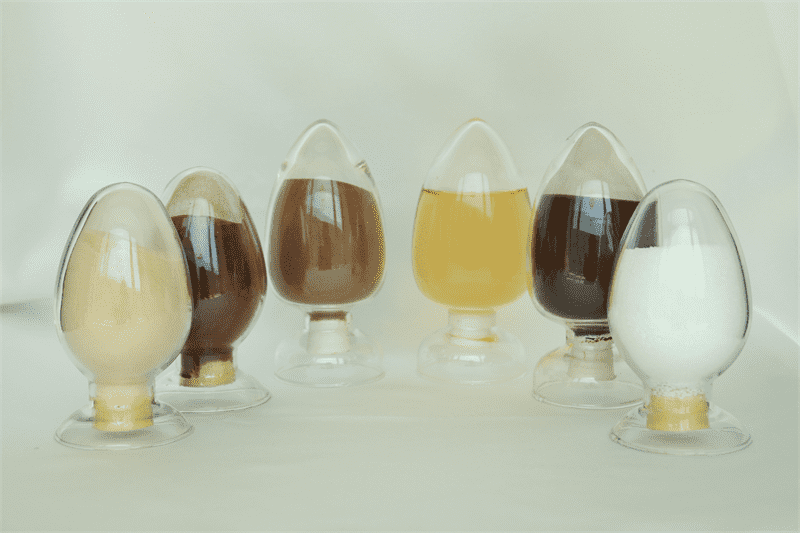Post Date:11,Sep,2023
Since the 1980s, admixtures, mainly high-efficiency water reducing agents, have been gradually promoted and applied in the domestic concrete market, especially in high-strength concrete and pumped concrete, and have become indispensable components. As Malhotra pointed out at the first International Conference on Concrete Admixtures: “The development and application of highly effective water reducing agents is an important milestone in the progress of concrete technology in the 20th century.” There were only a few important breakthroughs in concrete technology over the years, one of which was the development of entrained air in the 1940s, which changed the face of concrete technology in North America; Superplasticizer is another major breakthrough that will have a huge impact on the production and application of concrete for many years to come.
Superplasticizer in some countries more called superplasticizer, as the name suggests, it is very suitable for the preparation of superplasticized concrete mix. Of course, it is most suitable for mixing mixtures with large flow, large slurry volume and low water-binder ratio, that is, pumping high-strength concrete.
However, for some other concrete, such as concrete poured in hydraulic dam construction, the maximum particle size of the aggregate is large (up to 150mm), the slurry volume is small and the flow is not large, and the concrete needs to be compacted by using strong vibration or vibration rolling action, the high efficiency water reducer may not be suitable. In order to keep the water-binder ratio unchanged, in order to meet the mechanical property parameters required by the structural design, reduce the water consumption, and reduce the cementing material as the idea, many domestic hydraulic dam construction are also mixed with high efficiency water reducer. In fact, such an application is problematic, because earlier hydraulic concrete is mixed with air entraining agent or lignin type of ordinary water reducer, their water reduction rate is small, and due to the effect of air entraining, increase the volume of slurry, so when the water consumption and the amount of cementing material are reduced at the same time, that is, when the volume of slurry is reduced, it can maintain a rough balance. Ensuring that there is enough space to fill the aggregate, wrap the aggregate and provide a workable slurry is necessary for the mixture to be compacted after pouring.
In addition, the compressive strength of the mixture with high efficiency water reducing agent to reduce the water binder ratio can be greatly improved after hardening, but the bending strength growth rate is usually relatively small, and the cracking sensitivity will increase, so in general, the construction of concrete pavement or bridge panel should be cautious with high efficiency water reducing agent. In fact, in the preparation of the largest amount of C30 in civil construction and civil engineering (should account for more than 1/2 of the total) or some lower strength grades of pumped concrete, high efficiency water reducer is not necessarily suitable, or is not an essential component.
Post time: Sep-13-2023


